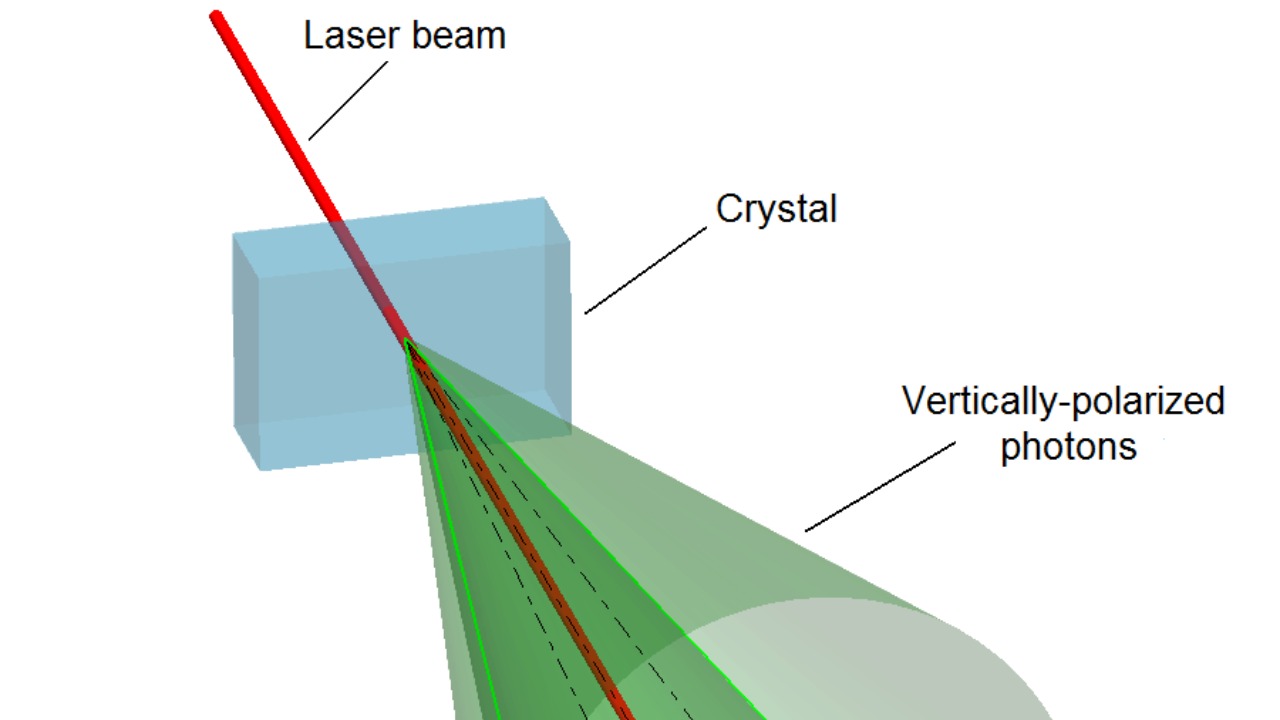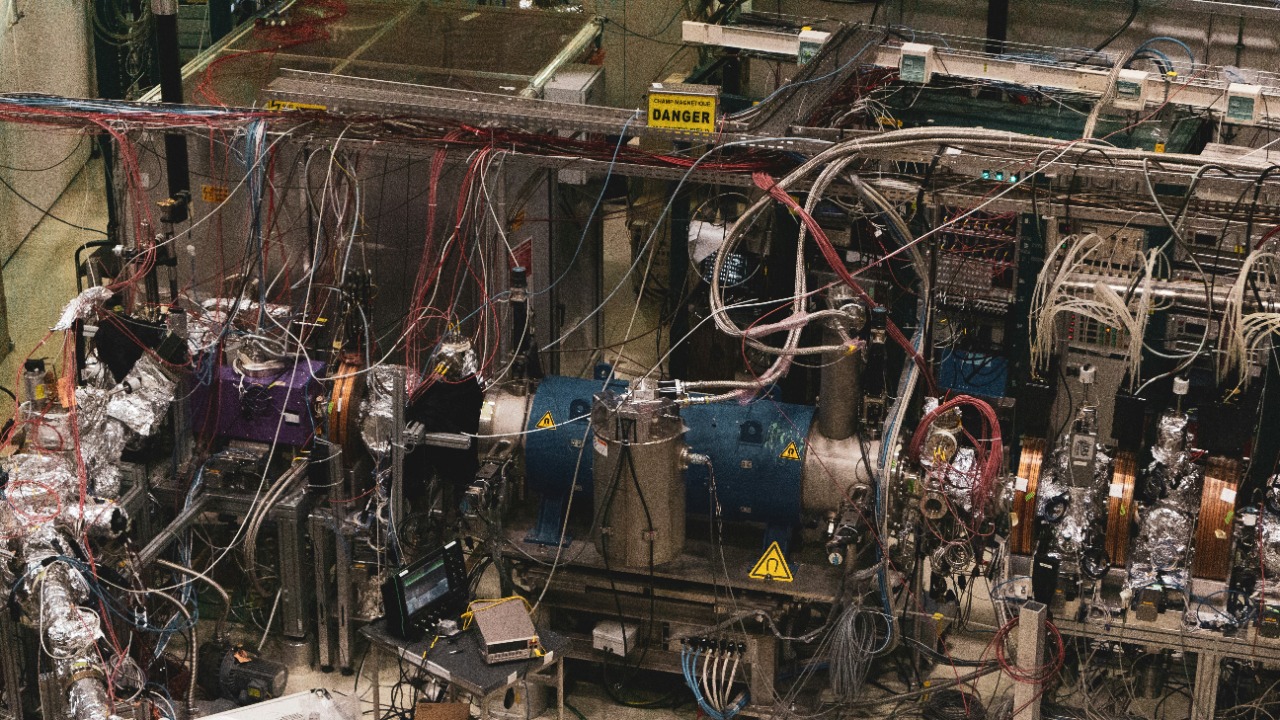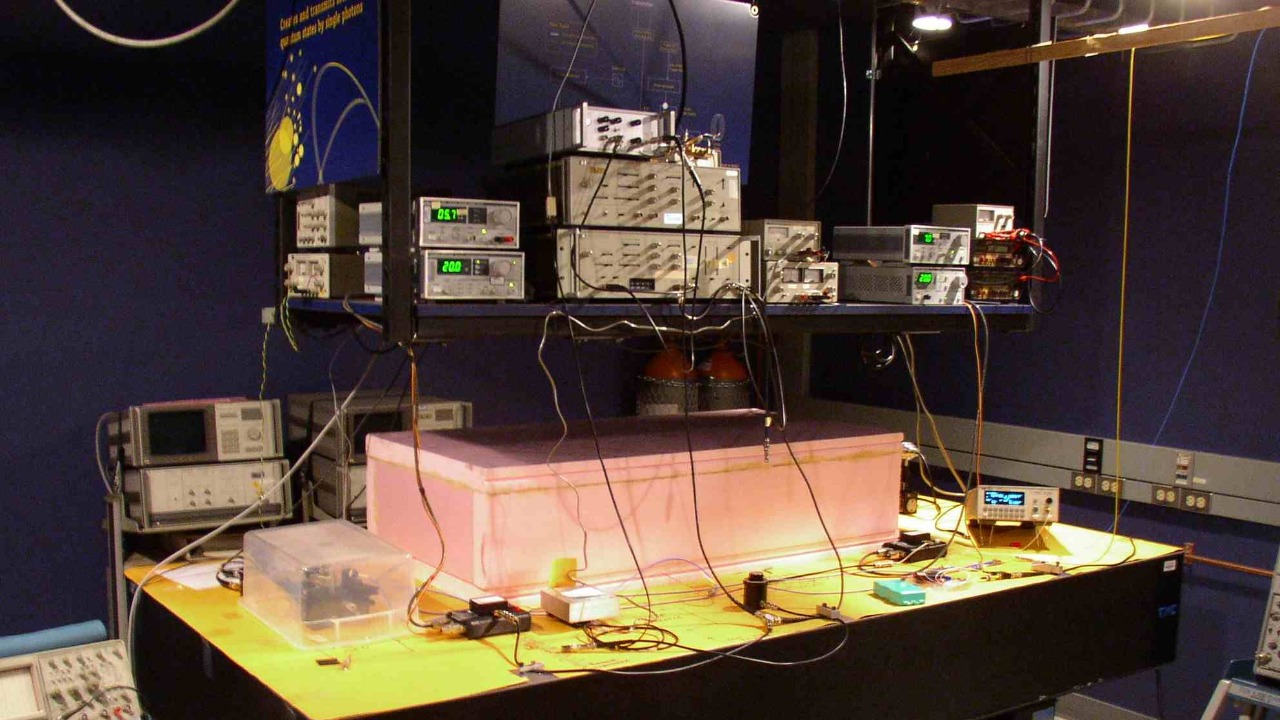
Oxford University scientists have made a groundbreaking achievement in the field of quantum computing by successfully demonstrating the teleportation of information between two separate quantum processors. This was accomplished using superconducting qubits, marking a significant advancement in distributed quantum computing. The experiment involved entangling particles across a 2-meter fiber optic link, allowing the transfer of quantum states without any physical movement. The researchers achieved fidelity rates above 90% under controlled conditions, paving the way for scalable quantum networks by integrating quantum supercomputers over distances.
The Science Behind Quantum Teleportation

Quantum teleportation relies on the fundamental principles of quantum mechanics, particularly the phenomena of entanglement and Bell states. In the Oxford experiment, these principles were applied using superconducting transmon qubits operating at microwave frequencies. Entanglement allows particles to be interconnected in such a way that the state of one particle instantly influences the state of another, regardless of the distance between them. This enables the transfer of qubit information without direct transmission, as demonstrated in the Oxford setup [source].
Unlike classical bits, which can be either 0 or 1, quantum bits, or qubits, can exist in a superposition of states. This means they can be both 0 and 1 simultaneously, a property that is preserved during teleportation. The Oxford team measured a state fidelity of 86% for the teleported qubits, highlighting the precision of their method [source]. Quantum measurement and classical communication channels play crucial roles in completing the teleportation protocol. In the Oxford experiment, a 13-microsecond classical signal was sent over fiber optics to reconstruct the teleported state, ensuring the integrity of the information transfer [source].
Quantum Supercomputers in the Experiment

The hardware used in this experiment consisted of two quantum processors, each equipped with five superconducting qubits. These processors were housed in dilution refrigerators and cooled to an extremely low temperature of 10 millikelvin. They were connected via a 2-meter optical fiber, which facilitated photon-mediated entanglement between the qubits [source]. This setup allowed the processors to function as modular quantum units, simulating larger systems. The Oxford researchers achieved entanglement generation rates of 1.2 per microsecond between remote qubits, demonstrating the efficiency of their approach [source].
One of the significant challenges in this experiment was overcoming decoherence losses during photon conversion. The team addressed this by using frequency conversion to telecom wavelengths, which helped maintain coherence over the fiber link. This innovation is crucial for the development of robust quantum networks, as it ensures that the entangled states remain intact over longer distances [source].
Achieving Teleportation: Step-by-Step Process

The teleportation process began with the preparation phase, where Alice’s qubit was entangled with a local ancillary qubit on one processor. A Bell state measurement was then performed to project the state for teleportation to Bob’s processor, located 2 meters away [source]. The next step involved the distribution of entanglement, which required the emission and collection of photons from each processor to create a shared entangled pair across the fiber. Detection of these photons triggered the classical correction on the receiving end, ensuring accurate state reconstruction [source].
Verification and readout were critical to confirming the success of the teleportation. The teleported state was reconstructed and tomographically verified, showing a process fidelity of 81% and a state fidelity of 90% in the Oxford demonstration. These results underscore the potential of quantum teleportation for practical applications in quantum computing and networking [source].
Implications for Future Quantum Technologies

The successful demonstration of quantum teleportation by the Oxford team opens up exciting possibilities for the future of quantum technologies. One of the most promising applications is in quantum networking, where multiple supercomputers could be linked to form a quantum internet. The Oxford method enables modular scaling beyond single-chip limitations, which is essential for building large-scale quantum networks [source].
Additionally, this breakthrough has significant implications for error-corrected quantum computing. Teleported logical qubits could be used to distribute computation across different nodes, enhancing the efficiency and reliability of quantum systems. The experiment’s success in maintaining entanglement over lossy channels is a crucial step toward achieving this goal [source]. However, there are still limitations to overcome, such as extending the teleportation distance beyond 2 meters and improving overall efficiency. The Oxford team plans to integrate their system with satellite links, aiming for global-scale teleportation in the future [source].